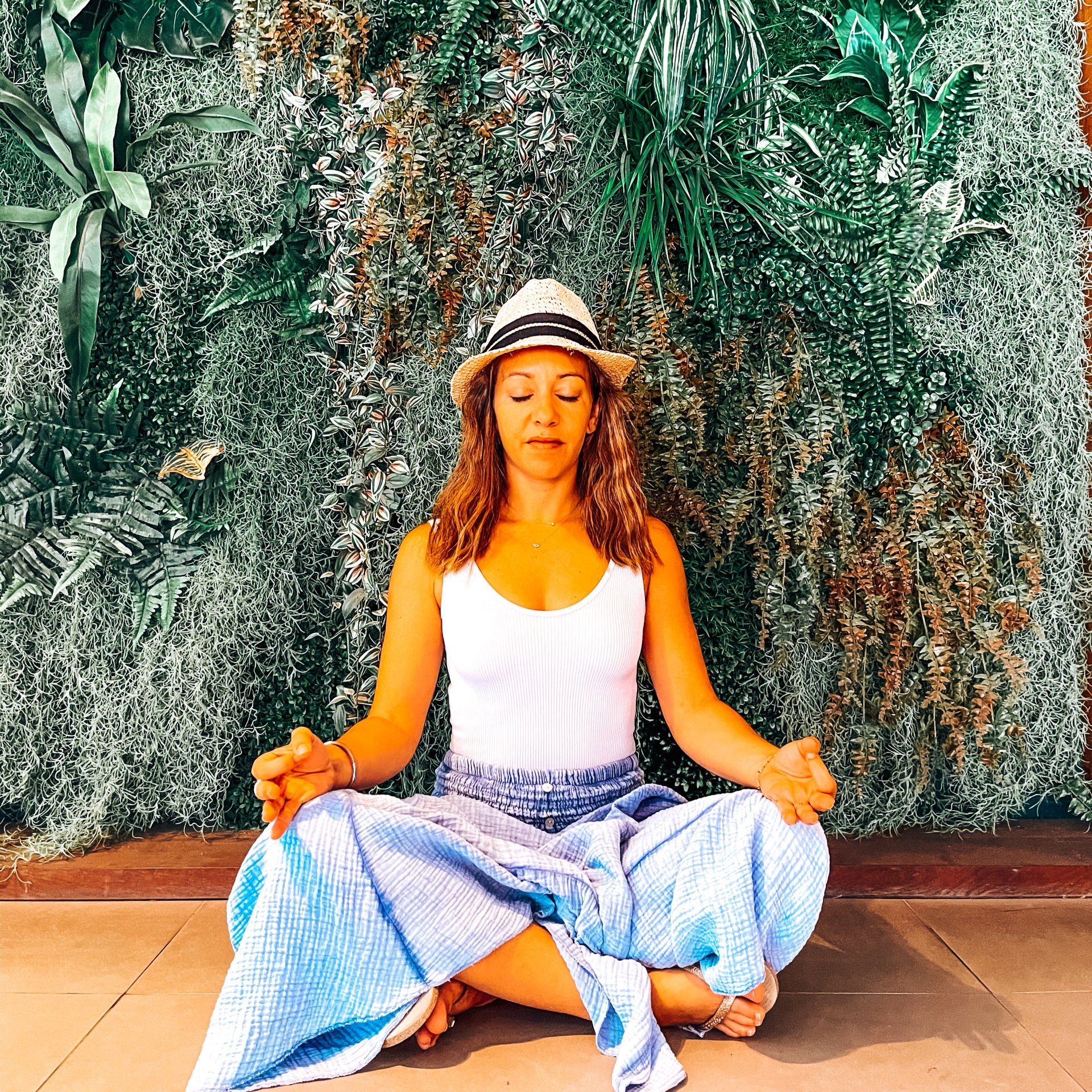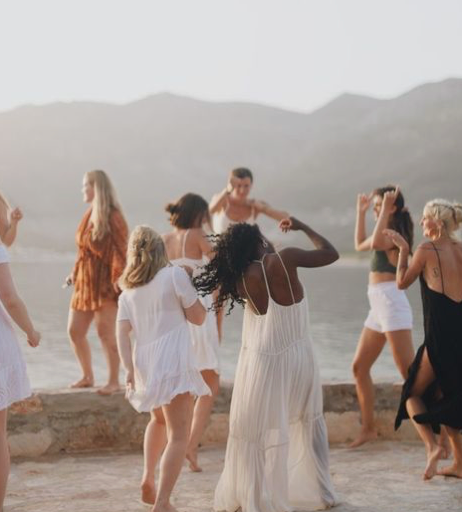Yoga Warm-Ups
Yoga Warm-Ups
Earth Element Warm-Up: Ground and Feel
We often talk about "being grounded," but forget to actually place our feet on the ground.
The Earth element invites slowness, stability, and body awareness. It reconnects us to our foundation and prepares us gently for deeper practice.
Benefits:
- Reduces stress and irritability
- Improves digestion and recovery
- Boosts immunity and sleep
- Enhances body awareness and balance
Practice:
Floor-based postures, gentle rocking movements, body scans, self-massage, and belly breathing. Perfect for slow mornings, anxious days, or when you need to feel rooted.
Water Element Warm-Up: Flow and Release
The pelvis — home of the second chakra (Swadhisthana) — is associated with water, emotions, and creativity.
This warm-up invites fluid, wave-like movement to release stored tension and reconnect with emotional flow.
Benefits:
- Releases hip and pelvic tension
- Supports lymphatic circulation
- Encourages emotional release and creativity
- Stimulates the hormonal system
Practice:
Pelvic circles, intuitive movement, gentle stretches, and psoas work. Ideal for feminine cycles, intuitive dance sessions, or emotional healing.
Fire Element Warm-Up: Activate and Transform
Fire is the element of transformation, personal power, and digestion. It corresponds to the Manipura chakra at the solar plexus.
A fire-inspired warm-up ignites internal heat, fuels determination, and energizes both body and mind.
Benefits:
- Boosts metabolism
- Enhances physical and emotional digestion
- Sparks motivation and clarity
- Detoxifies the body and clears mental fog
Practice:
Sun salutations, twists, core activation, and energizing breathwork like Kapalabhati. Ideal for sluggish mornings or when you need a kickstart.
Air Element Warm-Up: Open and Uplift
Air symbolizes mobility, breath, and communication. It’s linked to the heart chakra, Anahata.
This warm-up opens the chest, expands the breath, and invites lightness and creativity into your movement.
Benefits:
- Improves breathing capacity
- Opens the heart and upper body
- Cultivates lightness and spaciousness
- Soothes anxiety (when balanced)
Practice:
Heart-opening postures, gentle backbends, long breaths, and upper body mobilization. Ideal for emotional release, creative flow, or when seeking inspiration.
How to Choose Your Elemental Warm-Up?
Each element offers a unique energy. Let your body guide you:
- Need grounding → Earth
- Need softness or emotional release → Water
- Need energy and clarity → Fire
- Need openness and lightness → Air
You can also blend several elements or follow a natural progression:
Earth → Water → Fire → Air → Ether (meditation).
In Conclusion
The warm-up is a sacred moment to listen to your body, adjust your energy, and set the tone for your practice.
By tuning into the elements, you create a ritual that aligns with who you are and how you feel today.
So, which element will you choose for your next practice?
Try it, feel it, and see what resonates.
👉 Explore our guided warm-ups and full programs at www.yogadanse.eu
Namaste 🪷







